It’s a well-established fact that tattoos, despite recent acceptance by a younger generation, still largely remain taboo in Japan. Japanese celebrities have occasionally appeared on camera flaunting their ink, which has helped the art form – once reserved only for ranks of the yakuza – get its foot in the door of the fashion world. But if you look back on Japanese history, there’s a deep connection between tattoos and organized crime, which makes society’s collective disapproval understandable. However, a new form of tattooing, which draws on Japan’s anime and otaku culture, is helping change the image of ink in Japan.
The trend can be traced back to 2010, writes Nikkan Spa, when a client came to a tattoo artist based in Yokohama requesting a tattoo of Fate Testarossa, a protagonist in an anime series. After it was complete the customer posted a photo on 2chan and it went viral. “At first people were calling it ‘itattoo‘ [from the word ita, which means pain] but gradually it changed to otattoo,” recalls tattoo artist Aki-Bonten.
In contrast with traditional tattoos, which tend to be dark, scary and intimidating, otattoos are cute, colorful and non-threatening. It’s one of the reasons that they’re gradually becoming more accepted, even in Japan.
Aki-Bonten
Often associated with the rise in popularity of otattoos, Aki began studying the art of ink at age 20. Two years later he began working professionally as a tattoo artist. In 2004 he opened his own tattoo studio Diablo Art in Yokohama. In addition to tattooing he also plays bass in a band called Days Of Oblivion.
Below is some of his recent work. You can follow him on Instagram.
Hori Benny
Another artist associated with the otattoo movement is Hori Benny, who was born in Minneapolis but moved to Japan in 2002. He settled in Osaka, where he apprenticed under a master for 10 years. In 2014 he opened his own tattoo shop in Osaka called Invasion Club. He also recently co-authored the book Japanese Tattoos alongside Brian Ashcraft, editor at Kotaku.
You can see some of Hori Benny’s work below. He’s also on Instagram.


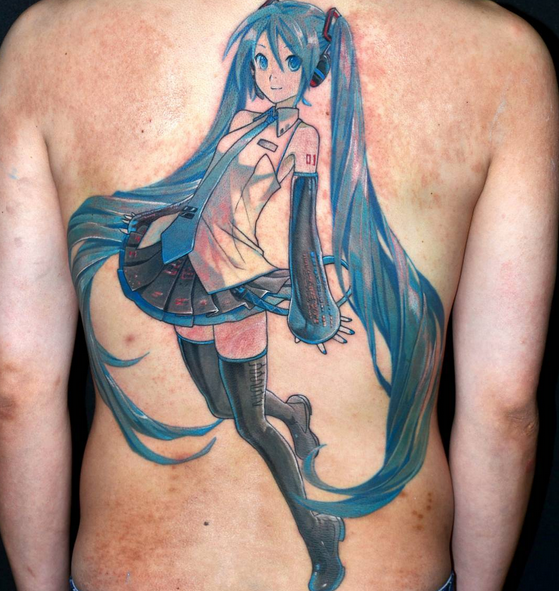
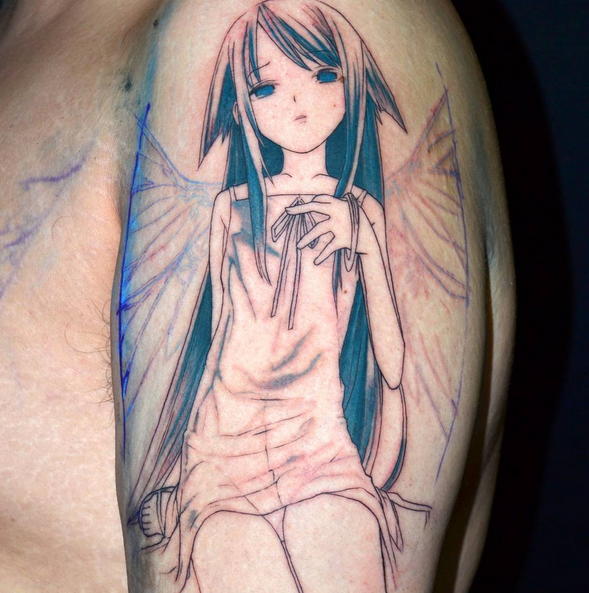
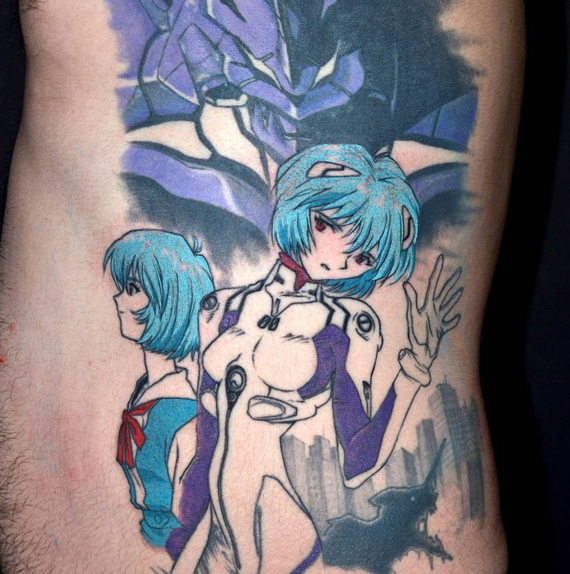
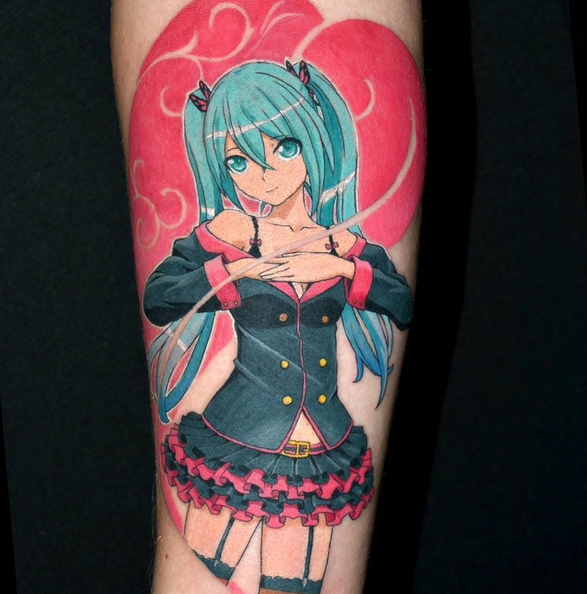
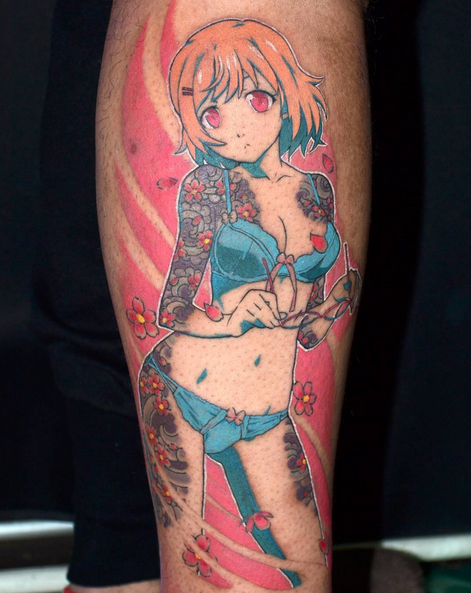
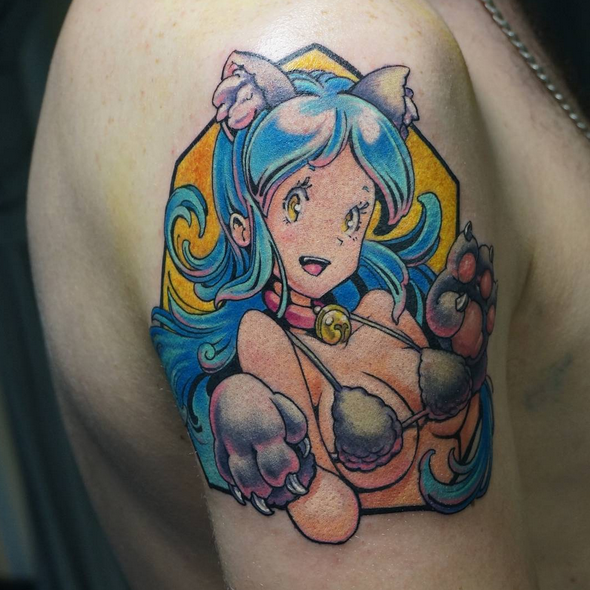
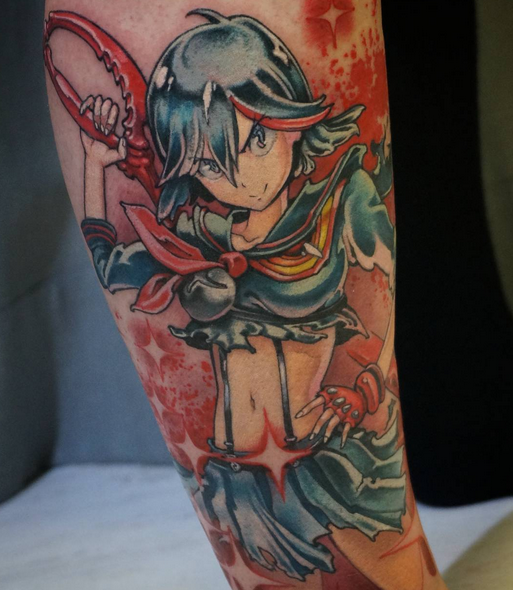
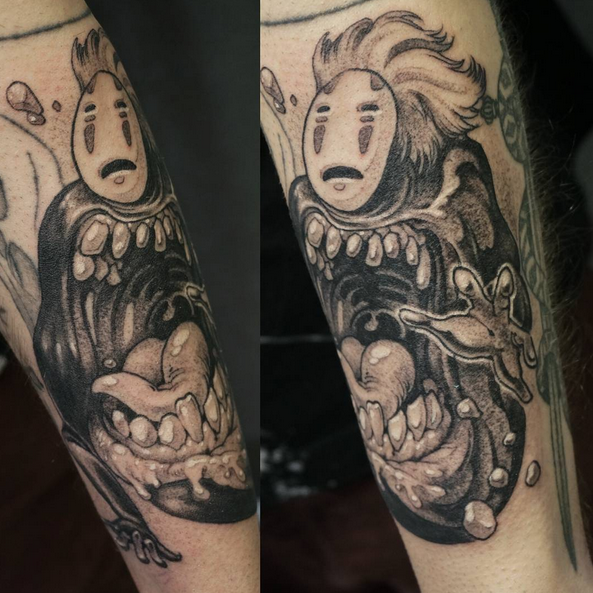
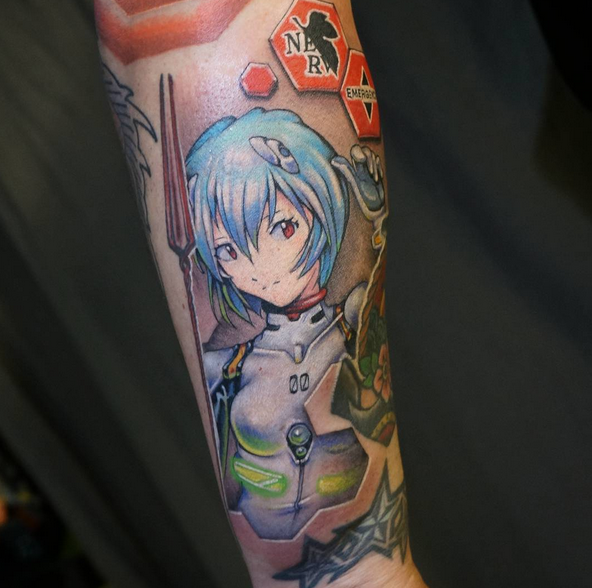
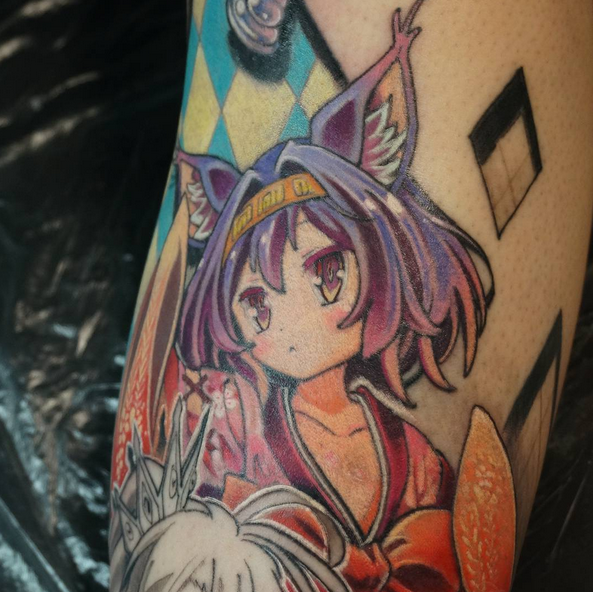

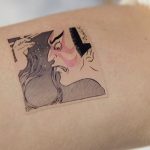
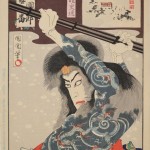
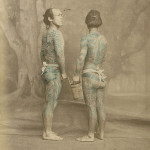
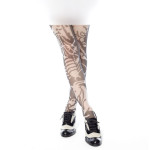


















May 25, 2016 at 12:35 am
This is a travesty, and makes a mockery of one of the greatest art forms in the world.
If you want to see the pinnacle of Irezumi / Horimono / Tebori, look no further than Horiyoshi III.
http://www.ne.jp/asahi/tattoo/horiyoshi3/top.html
May 25, 2016 at 6:01 pm
cool tats dude ( in surfer voice).
June 6, 2016 at 10:29 pm
Doesn’t matter how “acceptable” it’s getting, these people will still never be allowed into public baths or hot springs. That’s all I can think of when I see tattoos in Tokyo.
June 7, 2016 at 10:14 pm
since many otaku seem not to care about bathing (much like their “comic book guy” counterparts in other countries), it would seem perfectly all right to them that they are not permitted into public baths or hot springs.